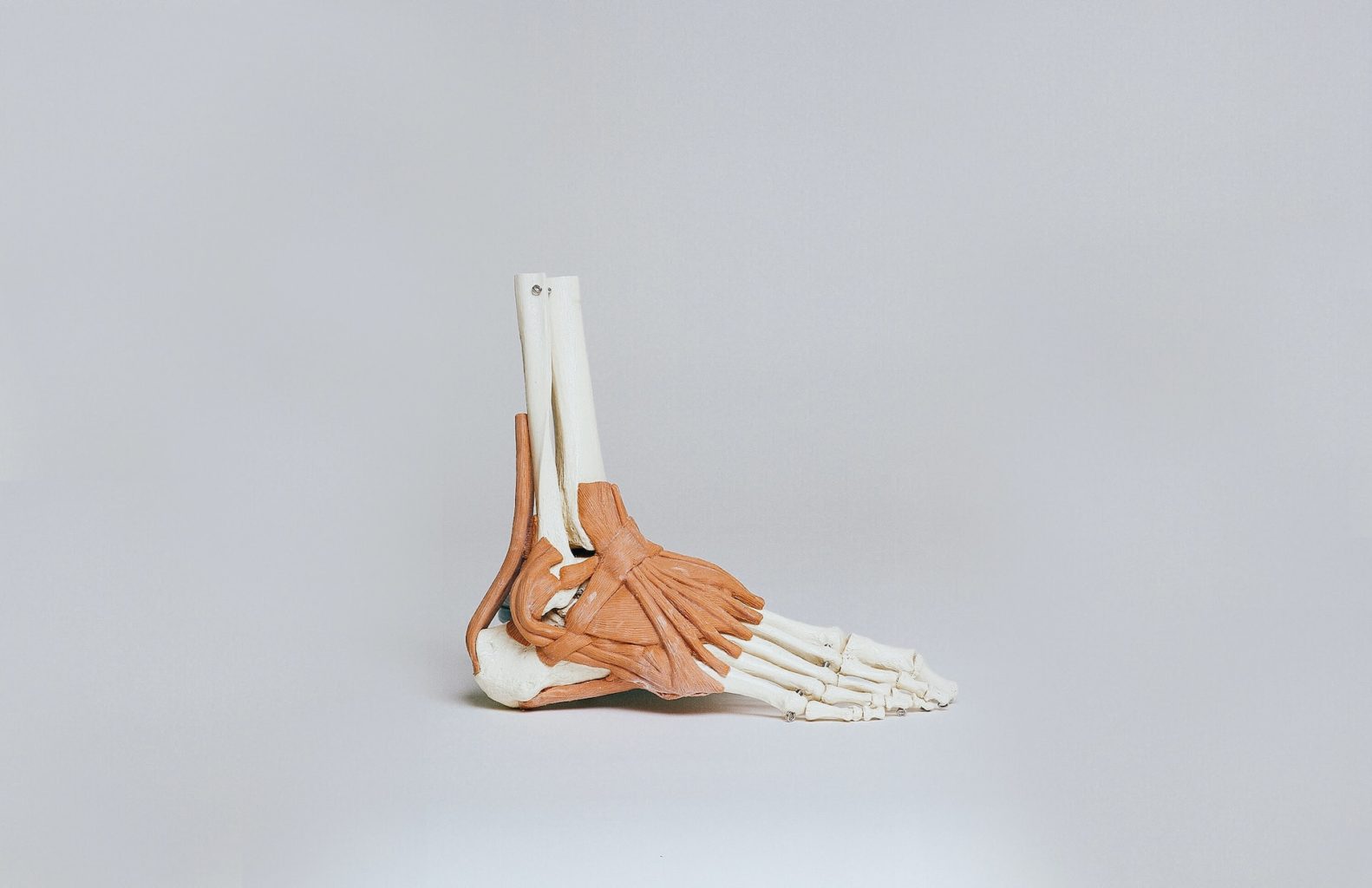False heel spur

When you feel pain in your heel, many people think they have heel spurs. Pain under the heel does not always mean heel spurs but a so-called false heel spur, plantar fasciitis. It is not dangerous but the pain can make life more limited. Walking, running and standing are often perceived to worsen the pain. Plantar fasciitis can heal on its own, but if the pain doesn’t go away, it can be difficult to know how to get help.
What is False Heel Spur?
Compared to a true heel spur, a false one does not have a build-up on the heel bone. However, a false heel spur can lead to heel spurs. In a false heel spur, the plantar fascia tendon attachment at the heel bone is subjected to repeated overuse causing small injuries. This causes the tendon attachment to become inflamed and the heel hurts when you put weight on the foot.
Symptoms of False Heel Spur
Feeling pain in the heel can have several causes. However, many people are only familiar with the condition heel spur. Moreover, the symptoms of false and true heel spurs are very similar. However, in the case of false heel spurs, the pain only occurs when you put weight on your foot and the pain is localized further back in the heel. In true heel spurs, the pain is felt even when there is no weight on the foot, and the pain is felt at the front of the heel where the spur has formed.
How do I find out if I have heel spurs or false heel spurs?
Causes of False Heel Spurs
The causes of false heel spurs are the same as real ones. The plantar fascia tendon attachment to the heel bone has become overstretched and inflamed. An asymmetrical body causes the load on the feet to be uneven and more easily affected by overexertion. Being overweight also increases the load on the plantar fascia. High jumps with hard landings cause the plantar fascia to overstretch and suffer small injuries that the body tries to heal.
Switching from shoes with thick shock-absorbing soles to flats makes the plantar fascia work harder than it is used to. Standing for long periods on hard surfaces also overstresses the plantar fascia.
When and where should I seek treatment for False Heel Spur
Fascia treatment at FasciaClinics is an effective way to treat false heel spurs. The whole body is scanned to see what imbalances are present and what may have caused the problem. The treatment softens and relieves the fascia structures that may have caused the false heel spur. The vibrations from the machines also increase the flow in the fascia, which will make it easier for the body to heal itself. The body gains more balance, which will make the loads on the plantar fascia more even and reduce the risk of injury.
Can you prevent false heel spurs?
Exercising your feet is an effective way to prevent false heel spurs. Hard surfaces and poor footwear put constant strain on the feet. Your fascia therapist can give you exercises to strengthen your feet.
Review your diet and avoid sugars that create tighter collagen.
Exercises for False Heel Spur
Go barefoot a lot both indoors and outdoors. It strengthens the muscles and fascia in your feet.
Do circulation exercises for the feet and ankles. For example, spread your toes and twist your ankles.
When you no longer have pain in your heel, you can do strengthening exercises for your feet and ankles, such as toe lifts.
 Search
Search































